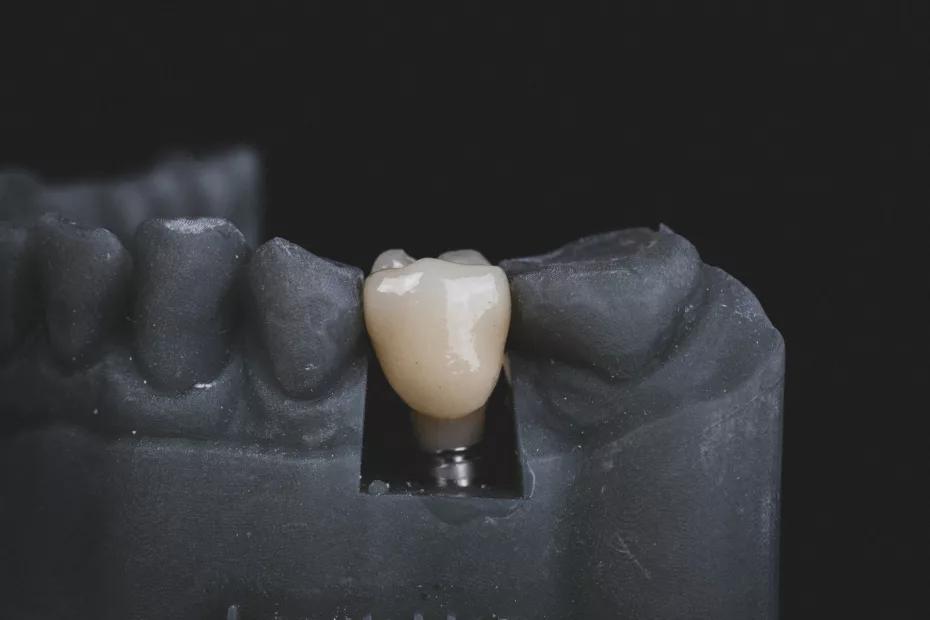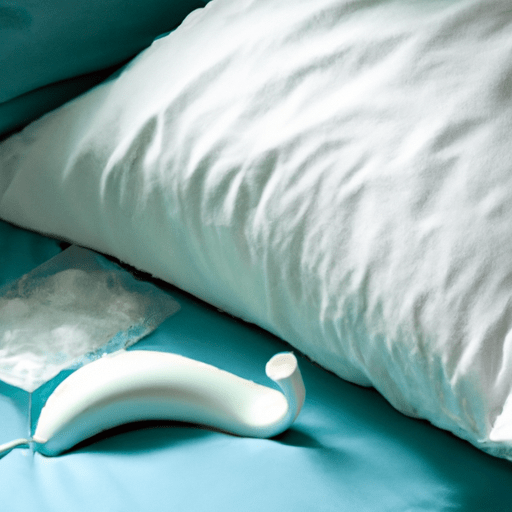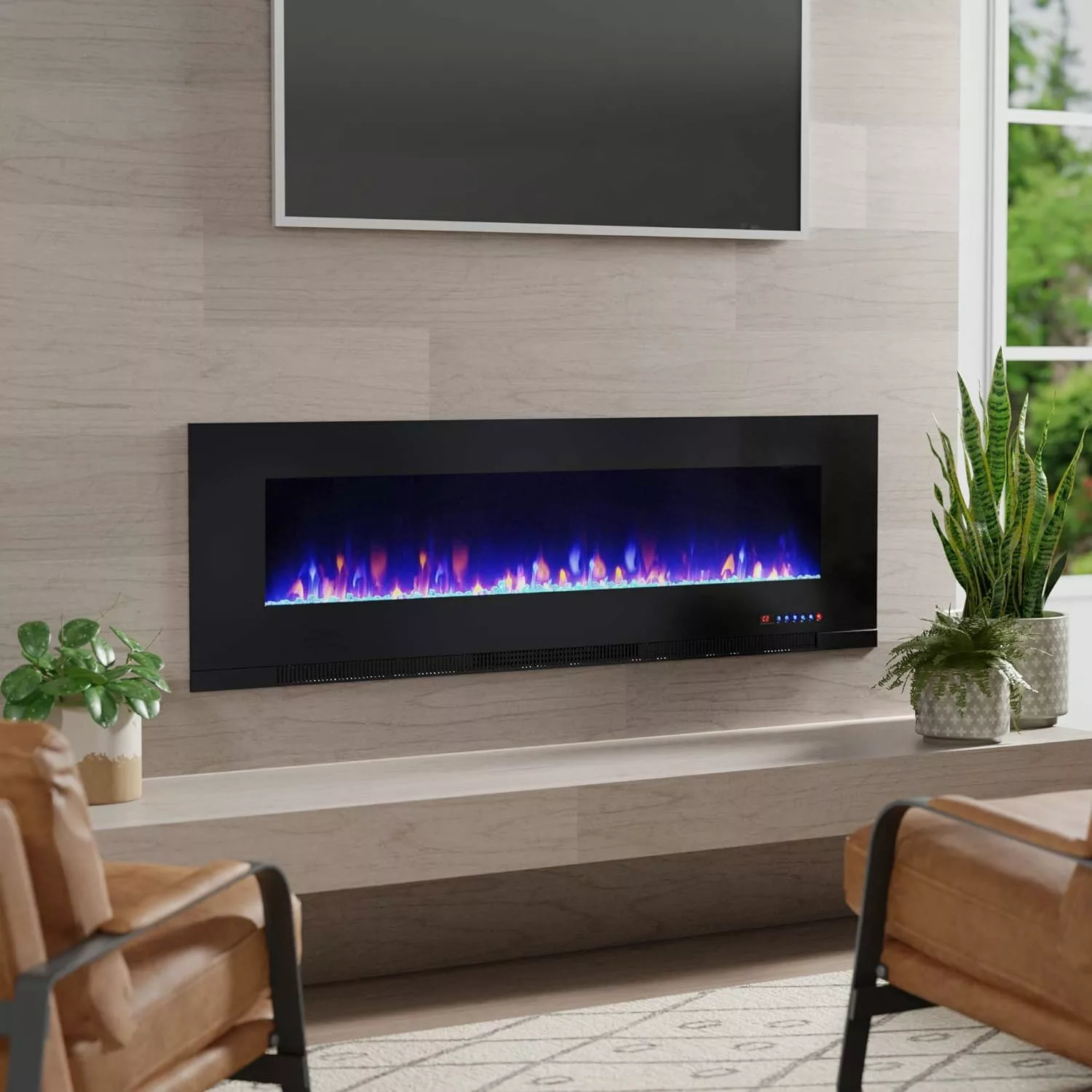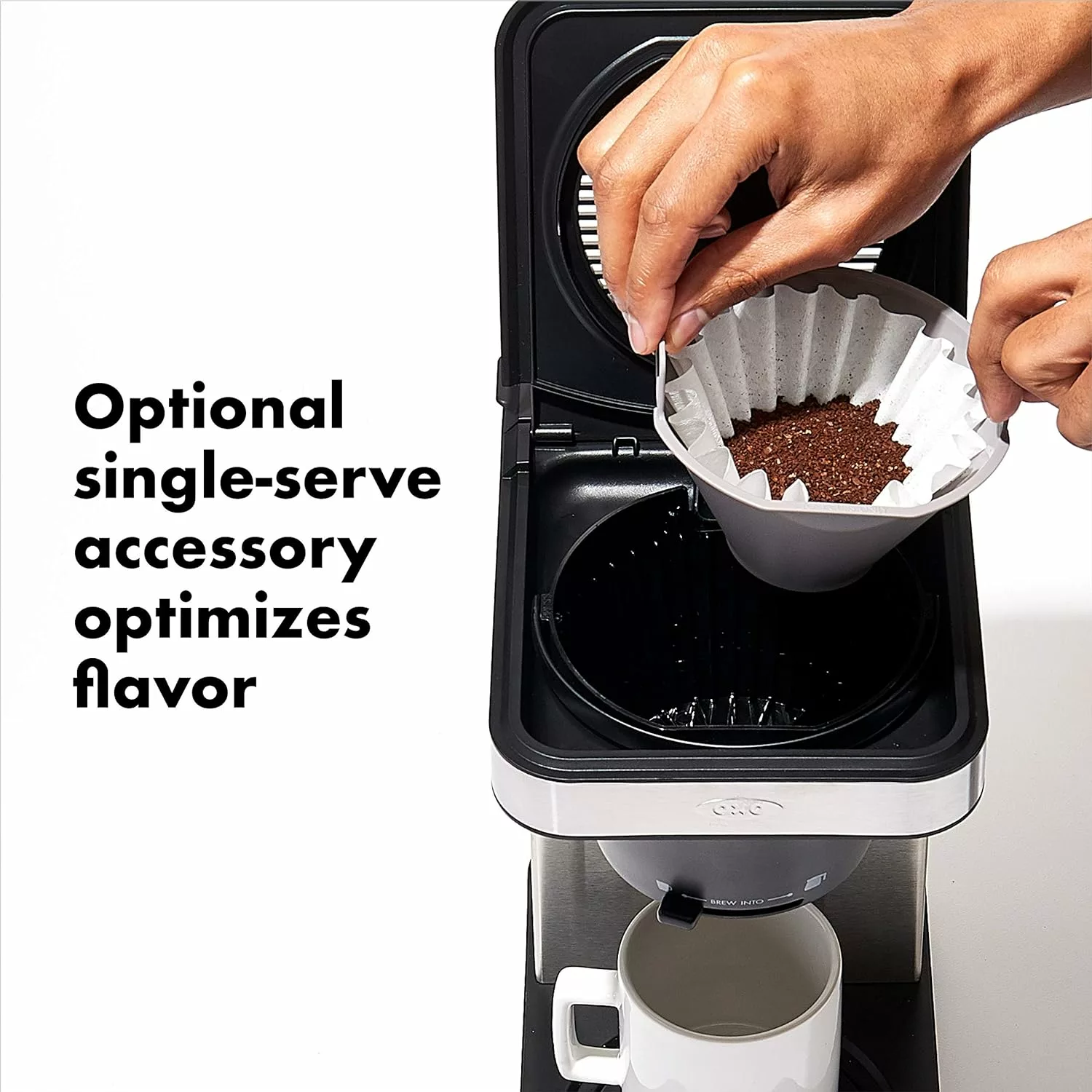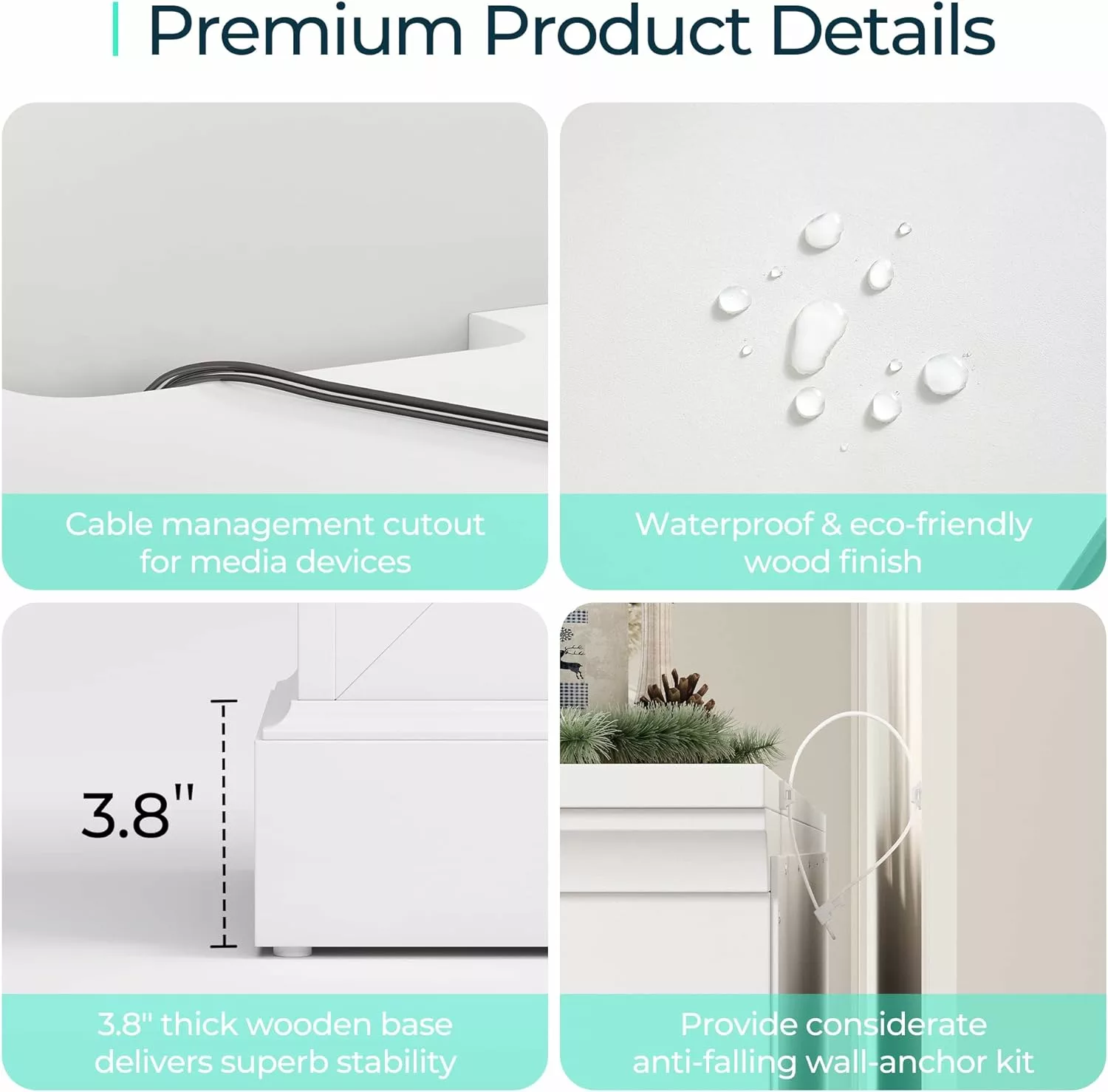Imagine this scenario: You’ve just stepped out of the dentist’s office after getting a dental filling. As you walk down the street, you can’t help but think about that aromatic cup of coffee waiting for you at home. But before you satisfy your caffeine craving, you may be wondering, “Can I drink coffee after a dental filling?” In this article, we will explore the answer to this burning question and provide you with all the information you need to enjoy your coffee guilt-free. So grab a cozy seat, and let’s delve into the world of coffee and dental fillings.

This image is property of images.unsplash.com.
Understanding the Dental Filling Procedure
Dental fillings are a common dental treatment used to restore teeth that have been damaged by decay or cavities. There are several types of dental fillings available, including amalgam, composite resin, ceramic, and gold fillings. Each type has its own advantages and considerations, and your dentist will recommend the most suitable option for your specific case. The procedure for dental fillings involves removing the decayed portion of the tooth, cleaning the area, and then filling the space with the chosen filling material.
Types of Dental Fillings
There are different types of dental fillings available, and each type offers unique benefits and considerations. Amalgam fillings, also known as silver fillings, are made of a mixture of metals and have been used for decades due to their durability. Composite resin fillings, on the other hand, are tooth-colored and blend seamlessly with the natural tooth, making them a popular choice for visible areas. Ceramic fillings, often made of porcelain, are highly aesthetic and can be an excellent option for front teeth. Gold fillings are durable and long-lasting, but they are less common due to their cost and visibility.
Procedure of Dental Fillings
The dental filling procedure typically involves multiple steps, starting with numbing the affected area with a local anesthetic to ensure a comfortable experience. Once the tooth is numb, the dentist will remove the decayed portion using a dental drill or laser. After the area is thoroughly cleaned and prepared, the filling material of choice is placed into the cavity, shaped to fit the tooth’s contours, and cured or hardened using a special light. Finally, the dentist will check your bite, make any necessary adjustments, and polish the filling to ensure a smooth surface.
Aftercare for Dental Fillings
After the dental filling procedure, it is important to take proper care of your oral health to promote healing and maintain the longevity of the filling. Avoid eating or drinking for at least an hour after the procedure to allow the filling to fully harden. Once the anesthesia wears off, you may experience sensitivity, slight discomfort, or numbness in the treated area. This is normal and should subside within a few days. It is recommended to avoid consuming hot or cold foods and beverages during this period to minimize sensitivity. Be mindful of your oral hygiene routine, brushing twice a day with a soft-bristled toothbrush and flossing daily. Regular dental check-ups will also help monitor the condition of your fillings and address any concerns promptly.
Effects of Dentist’s Anesthesia after Filling
The local anesthesia used during the dental filling procedure helps to numb the area and prevent any pain or discomfort. The duration of anesthesia’s effect varies from person to person, but it typically wears off within a few hours. During this time, you may experience temporary side effects such as drooling, difficulty speaking, or numbness in the lips, tongue, or cheeks. These side effects are normal and should subside as the anesthesia wears off.
Problems associated with Anesthesia
While local anesthesia is generally safe, there can be potential problems associated with its use. Some individuals may experience an allergic reaction to the anesthesia, which can range from mild to severe. If you have a history of allergies or have had a previous reaction to anesthesia, it is important to inform your dentist beforehand. Additionally, certain medical conditions or medications can interact with the anesthesia, so it is crucial to disclose your complete medical history and any medications you are taking to ensure a safe procedure. In rare cases, nerve damage or injury may occur, leading to prolonged numbness or altered sensation in the treated area. If you experience any unusual symptoms or prolonged numbness, contact your dentist for further evaluation.
Dealing with Anesthesia Side Effects
If you experience any side effects from the anesthesia after a dental filling, rest assured that they are usually temporary and will resolve on their own. To manage drooling or difficulty speaking, try to remain calm and avoid touching or biting the numb area to prevent injury. As the numbness wears off, you may notice tingling or a pins-and-needles sensation, which is a normal part of the healing process. Applying a cold compress to the outside of your mouth can help reduce swelling, discomfort, or bruising. However, if any side effects persist or worsen, it is essential to contact your dentist for guidance and further evaluation.
Role of Diet after Dental Filling
Following a proper diet after a dental filling is essential to optimize healing and avoid any complications. It is advisable to stick to soft foods and liquids immediately after the procedure. Opt for foods that require minimal chewing and are easy to eat, such as soups, smoothies, mashed potatoes, yogurt, and scrambled eggs. These foods will minimize strain on the treated tooth while still providing the necessary nutrients for healing. As the sensitivity and discomfort subside, gradually reintroduce solid foods into your diet but continue to avoid hard, sticky, or crunchy foods that may dislodge or damage the filling.
Recommended Food and Drinks
During the initial healing phase, it is recommended to consume foods that are gentle on the teeth and gums. Incorporate soft fruits like bananas and cooked vegetables into your diet. Protein-rich foods such as fish, tofu, and soft-cooked meats can also provide the necessary nutrients for healing. Drinking plenty of water is essential to stay hydrated and maintain overall oral health.
Food and Drinks to Avoid
To protect your newly filled tooth, it is important to avoid certain foods and beverages that can potentially damage or stain the filling. Hard and crunchy foods like nuts, popcorn, and hard candies should be avoided as they can exert excessive pressure on the filling and cause it to crack or dislodge. Sticky foods like caramels, taffy, and chewing gum should also be avoided as they can stick to the filling and pull it out. Additionally, acidic and sugary foods and drinks should be limited to maintain good oral health and prevent further decay.
Impact of Diet on Healing Process
Maintaining a balanced and nutritious diet plays a crucial role in the healing process after a dental filling. Foods rich in vitamins, minerals, and antioxidants help support the immune system and promote tissue repair. Incorporating foods high in calcium, such as milk, cheese, and leafy greens, can also contribute to strong and healthy teeth. Avoiding excessive sugar consumption is important to prevent dental decay and cavities. By following a nutritious diet, you can aid in the healing of the filling and maintain optimal oral health.
Consuming Coffee post Dental Filling
Many people wonder if they can drink coffee after a dental filling. While it is generally safe to consume coffee after a dental filling, there are a few factors to consider regarding its effects on the filling and overall oral health.
Effect of Coffee on Dental Fillings
Coffee, specifically black coffee, can potentially stain the surface of dental fillings. This is particularly true for tooth-colored composite resin fillings, as they are more susceptible to staining compared to amalgam or gold fillings. The porous nature of composite resin allows for the absorption of pigments from coffee, leading to discoloration over time.
Consequences of Consuming Coffee Immediately after a Filling
Consuming coffee immediately after a dental filling may pose a higher risk of staining the filling due to its direct contact with the freshly placed material. The warmth and acidity of coffee can accelerate the staining process and compromise the aesthetic appearance of the filling. It is advisable to wait until the filling has fully hardened and any sensitivity or discomfort has subsided before reintroducing coffee into your routine.

This image is property of images.unsplash.com.
Best Time to Resume Coffee Intake
To minimize the risk of staining and maintain the longevity of the filling, it is recommended to wait at least 24 hours after the dental filling procedure before consuming coffee. This allows sufficient time for the filling to fully harden and for any potential sensitivity to resolve. Opting for a straw when drinking coffee can also help minimize direct contact with the filled tooth and reduce the risk of staining.
Impact of Coffee on Temperature Sensitivity
Some individuals may experience increased sensitivity to hot or cold temperatures after a dental filling. Coffee, being a hot beverage, can potentially exacerbate this sensitivity and cause discomfort.
Understanding Temperature Sensitivity post Filling
After a dental filling, it is common to experience temporary sensitivity to hot or cold stimuli. This sensitivity occurs due to the removal of the decayed portion of the tooth, which can expose the underlying dentin, a sensitive layer of the tooth structure. The tooth may become more sensitive to temperature changes, causing discomfort when consuming hot or cold foods and beverages.
Role of Coffee in Temperature Sensitivity
Due to its high temperature, coffee can trigger or worsen temperature sensitivity in teeth that have recently undergone a filling. The heat from the coffee can penetrate the tooth and reach the nerve, resulting in temporary discomfort or pain. If you experience heightened sensitivity after consuming coffee, it is advisable to consult your dentist for recommendations and further evaluation.
Managing Temperature Sensitivity
To manage temperature sensitivity after a dental filling, it is important to avoid extreme hot or cold foods and beverages, including coffee. Opt for lukewarm or room temperature drinks until the sensitivity subsides. Using desensitizing toothpaste or rinses specifically designed for sensitive teeth can help alleviate discomfort. If the sensitivity persists or worsens, it is crucial to seek advice from your dentist to determine the underlying cause and appropriate treatment.
Effect of Coffee on Tooth Discoloration
Coffee is well-known for its ability to stain teeth. It contains pigments called chromogens that can adhere to the tooth enamel, resulting in discoloration over time. While dental fillings are not natural tooth enamel, they can still be susceptible to staining, especially tooth-colored composite resin fillings.
Connection between Coffee and Tooth Discoloration
The porous structure of tooth-colored composite resin fillings allows coffee pigments to easily penetrate and stain the material. Over time, this can lead to noticeable discoloration and compromise the aesthetic appearance of the filling. However, amalgam or gold fillings are less likely to be affected by coffee staining due to their materials and color.

This image is property of images.unsplash.com.
Impact of Coffee on Newly Filled Teeth
Immediately after a dental filling, the filling material may still be susceptible to staining from coffee. It is advisable to avoid consuming coffee for the first 24 to 48 hours after the filling to allow the material to fully harden and minimize the risk of staining. Once the filling has hardened, practicing good oral hygiene, including regular brushing and flossing, can help reduce the likelihood of coffee staining the filling.
Preventing Tooth Discoloration
To prevent tooth discoloration from coffee, it is recommended to rinse your mouth with water or brush your teeth after consuming coffee. This helps to remove any coffee pigments that may have adhered to the teeth or filling surfaces. Additionally, practicing good oral hygiene and undergoing professional dental cleanings can help maintain a brighter smile and minimize the staining effects of coffee.
Coffee’s Impact on Oral Health
Coffee’s effect on oral health is a topic of interest for many, especially considering its common consumption and potential consequences on teeth and gums.
Coffee’s Effect on Teeth and Gums
Coffee can have both positive and negative effects on oral health. On the positive side, coffee contains antioxidants that can benefit overall health, including oral health. These antioxidants help combat free radicals in the body, reducing the risk of oral diseases such as gum disease and oral cancer. Additionally, coffee has been found to inhibit the growth of harmful bacteria in the mouth, potentially reducing the risk of cavities.
Connection between Coffee and Oral Diseases
While coffee can have some positive effects on oral health, it is important to note that excessive consumption or poor oral hygiene practices can have negative consequences. Coffee, especially when consumed with additives like sugar and cream, can contribute to dental decay and gum disease. The acidity of coffee can erode tooth enamel over time, leading to tooth sensitivity and an increased risk of cavities. Additionally, it is important to be mindful of the impact of coffee stains on the appearance of teeth and dental fillings.
Maintaining Oral Health with Coffee Consumption
To maintain optimal oral health while consuming coffee, it is essential to practice good oral hygiene habits. Brushing your teeth at least twice a day with a fluoride toothpaste and flossing daily can help remove plaque and coffee stains. Regular dental check-ups and professional cleanings will also allow your dentist to monitor your oral health and address any concerns promptly. Limiting the frequency and duration of coffee consumption, especially sugary additives, can further minimize the risk of dental decay and gum disease.
Alternatives to Coffee post Dental Filling
If you are concerned about the potential effects of coffee on your dental fillings or want to take a break from coffee for other reasons, there are plenty of alternatives to consider.
Recommended Beverages after Dental Filling
Choosing beverages that are less likely to stain teeth or cause sensitivity can be beneficial after a dental filling. Opting for herbal teas, such as chamomile or peppermint, can provide a soothing and comforting experience without the risk of staining. Green tea is another option to consider, as it contains antioxidants that can promote oral health. Water infused with fruit slices or natural flavors is also a refreshing and hydrating alternative to coffee.
Benefits of Coffee Alternatives
Exploring coffee alternatives can have various benefits for your dental health. Herbal teas are often caffeine-free and have less potential to stain teeth or dental fillings. Green tea offers the added benefit of containing compounds that can help fight bacteria and maintain oral health. Drinking infused water can help increase your daily water intake, which is crucial for maintaining good oral hygiene and preventing dry mouth.
Making the Transition to Coffee Alternatives
Adjusting to coffee alternatives after a dental filling can be a pleasant experience. Start by experimenting with different herbal teas or green tea blends to find flavors that suit your taste buds. Gradually replace your usual coffee routine with these alternatives, and before you know it, you may find yourself enjoying the new flavors while maintaining a healthy smile.
Talking to Your Dentist about Coffee Consumption
If you have concerns about consuming coffee after a dental filling, it is important to discuss your habits and preferences with your dentist. They can provide personalized advice and recommendations based on your specific case.
Discussing Coffee Habits with Dentist before Filling
Before undergoing a dental filling, it is advisable to inform your dentist about your coffee consumption habits. This allows them to consider any potential risks or implications during the procedure and discuss strategies to minimize staining or sensitivity.
Dentist’s Recommendation on Coffee Consumption after Filling
Your dentist will provide recommendations on when it is safe to resume drinking coffee after a dental filling. They may suggest waiting at least 24 to 48 hours to allow the filling to fully harden and any sensitivity to subside. The dentist may also advise on precautions to take, such as using a straw or rinsing with water after consuming coffee.
Adjusting Coffee Intake based on Dentist’s Suggestions
It is important to follow your dentist’s recommendations regarding coffee consumption after a dental filling. By making adjustments to your coffee intake and taking preventive measures, such as waiting for the filling to harden and practicing good oral hygiene, you can minimize the risk of staining or other complications.
Overall Impact of Coffee on Dental Fillings
In summary, coffee consumption after a dental filling should be approached with caution. While it is generally safe to drink coffee, there are potential side effects to consider, such as staining of the filling or increased sensitivity. Waiting for the filling to fully harden and any discomfort to subside before reintroducing coffee is recommended. Maintaining good oral hygiene, being mindful of coffee additives, and discussing any concerns with your dentist will help ensure the longevity of your dental fillings and promote optimal oral health.
